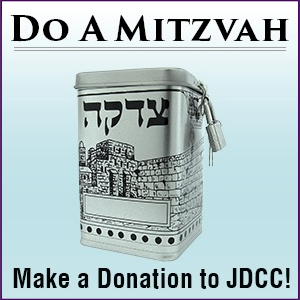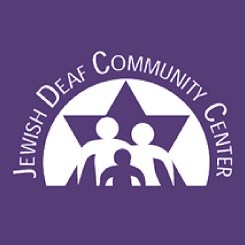 Bar/Bat Mitzvahs
Bar/Bat Mitzvahs
This month I would like to follow the theme of Bar/ Bat Mitzvahs. I would like to pose some questions that some people might feel is not within the realm of “INTERPRETING”.
First, let us discuss the unique challenge of interpreting a Bar/Bat Mitzvah. During Shabbat Morning Torah Services, the interpreter is responsible to interpret from Hebrew and from English. This will include prayers, blessings, songs and the Torah Portion itself. I personally am able to interpret directly from the Hebrew for the liturgy, Torah Blessings, etc. However, when it comes to the Torah Portion, my Hebrew is not strong enough to interpret directly. In that situation, I will refer to the English in the Chumash and interpret it into ASL. I make sure that I break up the “story” into the same sections that the Torah reader is doing as he/she is calling up various people for the allyot.
If the person having the Bar/Bat Mitzvah is deaf him/ herself, the interpreter will have added responsibilities. The interpreter must make sure that the deaf person on the bimah is also following the service and must cue that person when it is their turn to lead the service. If the deaf person signs, the interpreter must know whether to “voice” the English or the Hebrew. If the deaf person chooses to use his/her voice, the interpreter must know whether to sign for the audience.
It has been my observation over the last 12 years, that deaf people usually choose to read their Torah Portion (Parshah) in one of two ways:
- Orally from Hebrew
- In ASL from English Some people might be surprised to see a deaf person, who normally uses ASL, speaking Hebrew without signing!
Other people might say that if the Torah Portion was read from an English book, rather than the actual Torah Scroll, the student had not actually mastered the skills of a Bar/Bat Mitzvah.
Three other options would be to:
- Spell the Parshah using the Israeli Alphabet
- Spell the Parshah “phonetically”, using the American Alphabet (while looking at the Hebrew text)
- Signing an ASL translation while looking at the Hebrew. [This would require the greatest knowledge of Hebrew!]
A friend of mine was recently concerned when she attended a Bar/Bat Mitzvah where the young person spoke in Hebrew and the Interpreter signed in ASL. She felt that there had been a lot of pressure on the student to perform “orally”, although s/he uses ASL for his/her secular studies.
As usual, I hope I have gotten you thinking! Please share your opinions with me by e-mail: [email protected]. Please note my new email address…




